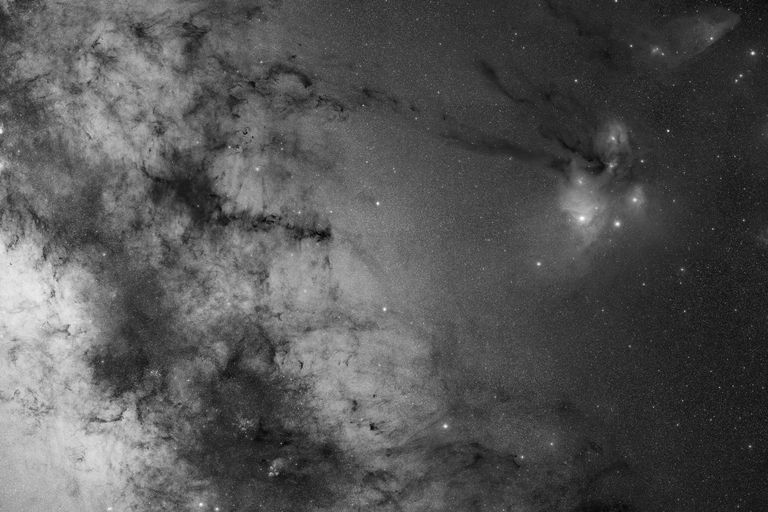193rd Annnual Congress SCNAT 2013
The Congress is dedicated to commemorate Bohr’s strike of genius 100 years ago and to pay tribute to its impact on parts of the development of physics and its applications that followed from it. Twelve distinguished speakers will cover a selection of different topics. A public evening lecture, given in German, will address some particular characteristics of quantum mechanics.

In July 1913, the Philosophical Magazine published Niels Bohr’s article "On the Constitution of Atoms and Molecules". In this work the first model of an atom based on the introduction of a then new quantity, the elementary quantum of action, was presented and discussed (...)
Bohr acted as one of the figureheads in reforming the physical understanding of nature by using the concept of energy quanta (...) This concept continues to serve as the basis of the physical understanding of nature up to this day.
The Symposium brings together researchers from all fields and is also open to the public and people who share an interest in science and physical sciences.
This year, the annual congress of SCNAT will be dedicated to the celebration of the hundredth anniversary of the discovery of the quantum atomic model by the Danish physicist Niels Bohr.
In 1913, Bohr proposed to apply the quanta discovered in 1900 by Max Planck to elucidate the puzzling problem of the stability of the atom: in the classical description, to keep the atom mechanically stable, the electrostatic attraction exerted by the nucleus on the electron has to be compensated by an accelerated motion of the electron causing emission of electromagnetic radiation and hence leading to an eventual collapse of the atom. Pondering upon the simpliest case of Hydrogen, Bohr boldly postulated the stability of a discrete set of circular electron orbits distinguished by their quantum number. The electron transitions between the allowed orbits were responsible for the spectral lines and Bohr was able to derive the value of the Rydberg constant in the Balmer series in terms of Planck constant, an «enormous achievement» as Einstein declared at the time.
Bohr's brilliant work ad hoc idea opened a new era in atomic physics, enabling to explain a rapidly increasing range of phenomena, in particular the structure of the periodic table of elements, but perhaps more fundamentally, it paved the way to the formulation of quantum mechanics. Indeed, the years immediately after Bohr’s proposal were devoted to understand how to extend his model to more complex cases of non-circular orbits and many electrons.
The congress will celebrate Bohr's glorious discovery following the multiple problems and advances of Hydrogen physics as its underlying thread. Aimed at a broad scientific audience, it will cover past and present results, from atomic clocks and Rydberg atoms to particle physics (Anti-Hydrogen) and astrophysics (Hydrogen in the Universe).
15 ESSAYS ABOUT BOHR (by Roger Zurbriggen)
1913, one hundred years ago, the Danish physicist, Niels Bohr published a new atomic model, which is still teached at school to our children. In the light of this centenary anniversary, Roger Zurbriggen wrote 15 short articles, which deal with selected aspects around the fascinating person of Niels Bohr.
Most interesting is Bohr’s interdisciplinary physical and philosophical approach, which allowed him to develop great visions and to make clear decisions as scientist and human being.
In a way, Niels Bohr and his Copenhagen School can be compared with Socrates and the Athene School, respectively. Thus, the present series of articles deals with the link between physics and philosophy.
Downloads/links
- Essay 01 Herr Bohr, woher kommt das Kerzenlicht?
- Essay 02 Wie ist Bohrs Atommodell zu würdigen?
- Essay 03 Ohne Metaphysik keine Physik – Bohrs Denkstil
- Essay 04 Bohrs Quantentheorie gebärt Heisenbergs Quantenmechanik
- Essay 05 Bohr zum Determinismus und Indeterminismus in der Physik
- Essay 06 Bohrs Korrespondenzprinzip und Heisenbergs Unschärferelation
- Essay 07 Das Komplementaritätsprinzip – Bohrs Vermächtnis
- Essay 08 Die historische Bohr-Einstein-Debatte
- Essay 09 Aspect bestätigt Bohr
- Essay 10 Bohr inspiriert die Anfänge der Molekularbiologie
- Essay 11 Bohr und der 2. Weltkrieg
- Essay 12 Bohrs Traum verwirklicht sich mit dem CERN
- Essay 13 Bohr – der Sokrates unter den Physikern
- Essay 14 War Bohr vom hebräischen Denken inspiriert?
- Essay 15 Weitere Perlen von Niels Bohr


